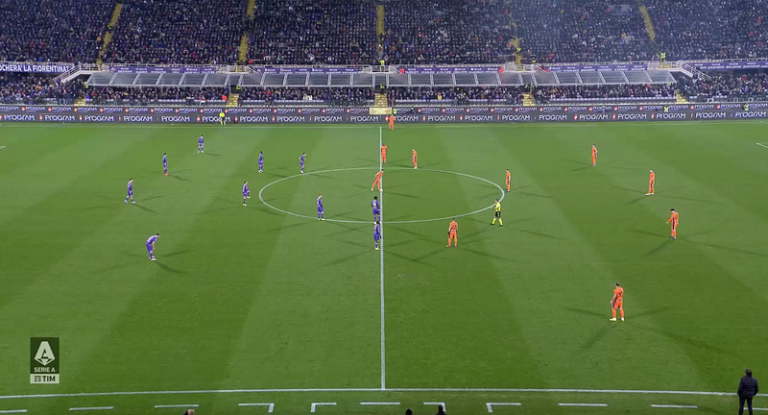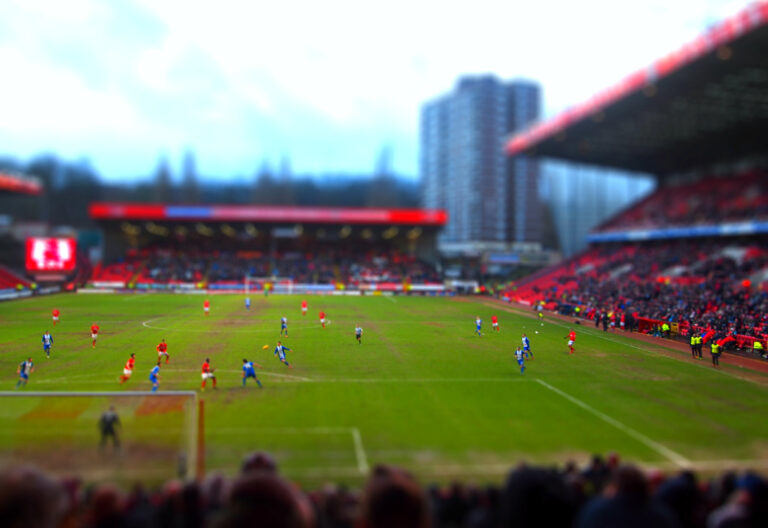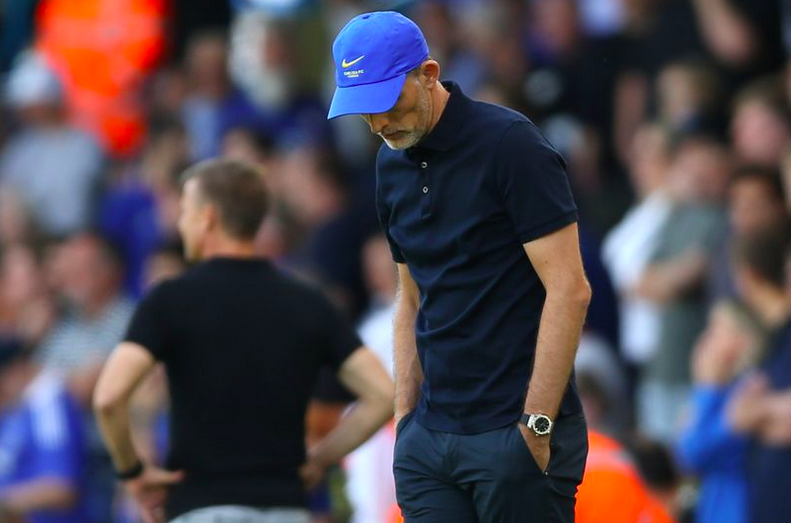
Leeds United stunned Thomas Tuchel’s side as they recorded arguably the best performance of the season so far. They were better than Chelsea at every aspect of the game, and Chelsea simply didn’t have any answers.
Leeds led by two goals at halftime as Marsch’s side scored two goals in four minutes. The first came through the excellent American Brendan Aaronson, and the second was from the man in-form, Rodrigo.
Despite multiple substitutions by Tuchel, Chelsea couldn’t cope with Leeds’s energy and intensity as the home side scored their third in a blistering counterattack.
Chelsea’s Structural Problems
Chelsea under Tuchel have always attacked using the pace and power of their wingbacks. Stretching teams out wide and exposing gaps or changing the side quickly has been a constant pattern under the German manager. This worked mostly due to having effective, fast, explosive wingbacks like Reece James, Chilwell, and at times, Alonso.
However, lately, Tuchel has tweaked his system slightly by deploying James as a right centre back in their back three while Loftus-Cheek is at wing-back. This change has observed Chelsea play with a back five while defending but shift to more of a back four while attacking.
However, Loftus-Cheek is simply not suited to a wider position, and as a result, Chelsea struggled to attack down the right side. The same problem occurred against Leeds United as the right side was heavily ineffective offensively.
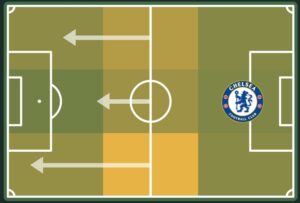
As you can see in the above picture, the majority of Chelsea’s attacking play was taking place down the left side. With the explosive Cucurella and Mount supported by Sterling and Gallagher, Chelsea’s left side was the only real threat against Leeds United.
As a result, it was easier for Leeds to defend as the other wing wasn’t dangerous enough to penetrate their defensive shape. The lack of attacking balance in Chelsea’s system was instrumental in their lack of creativity in the final third.
Leeds United’s Excellent Pressing
Leeds were, of course, brilliant in possession; their offensive transitions were fast and effective as Chelsea’s back three were never settled throughout the game. However, the most impressive part of their performance was their pressing and counter-pressing.
While the pressing was structured, planned and executed brilliantly, the counter-pressing was just as eye-catching. They maintained a high line throughout, which enabled them to counter press quickly and transition into attack accordingly.
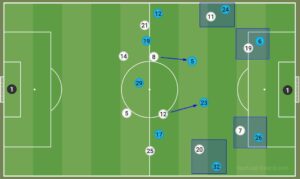
The image above explains how Leeds kept winning the ball in dangerous areas and forced Chelsea to go long. Leeds set up a central pressing trap which is a risky tactical ploy but equally rewarding if it works well. Jurgen Klopp’s Liverpool are arguably the greatest example of a team executing the central pressing traps perfectly.
With Chelsea being dangerous in the wider areas, as usual, the plan was to force them to play vertically. The centre backs and the wing backs were closely marked, while Gallagher and Jorginho were not tightly marked. As a result, the midfield duo was the only option for Chelsea to play the ball to. This was the trigger right for Leeds’ midfielders.
As soon as Jorginho or Gallagher received the ball with their back to goal, Leeds’ relentless pressing began. This forced the pair to play backwards, but that path was already blocked. As a result, Chelsea lost the ball constantly in the midfield areas, and Leeds capitalised accordingly.
Conclusion
Leeds United were one of the favourites to go down this season after losing Kalvin Phillips to Manchester City in the summer. However, Tyler Adams and Marc Roca are forming a great pair with the excellent Brendan Aaronson ahead of them.
Leeds have started the season well and look on the right track, and if they continue in the same way, they could push for a top ten finish which would be a massive achievement for Jesse Marsch.
On the other hand, Chelsea looked poor, and Tuchel is seemingly making the same mistakes repeatedly. The decision to play Reece James in the back three is clearly not working, but the German looks reluctant to be more direct in his lineups which would suit his best players.
If Chelsea don’t turn their form around quickly, they could find themselves behind the rest, with their London rivals Arsenal and Tottenham starting the season strongly.
